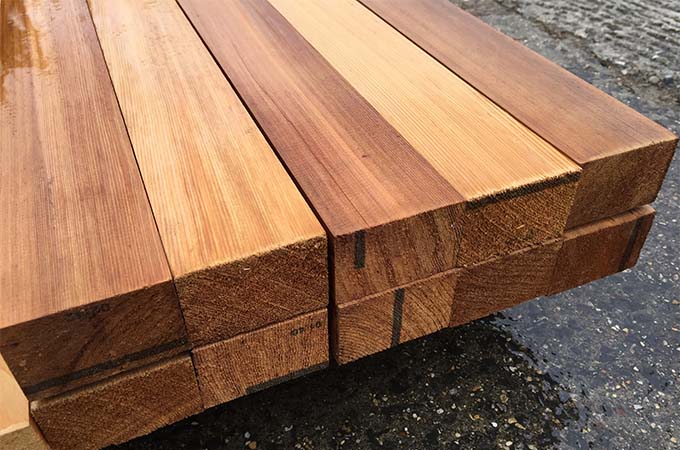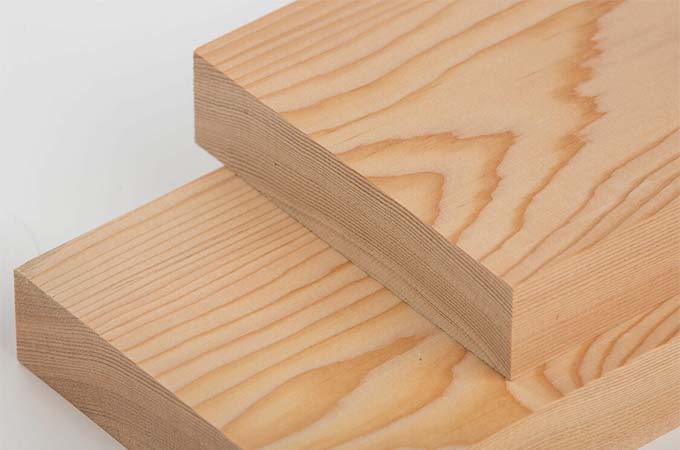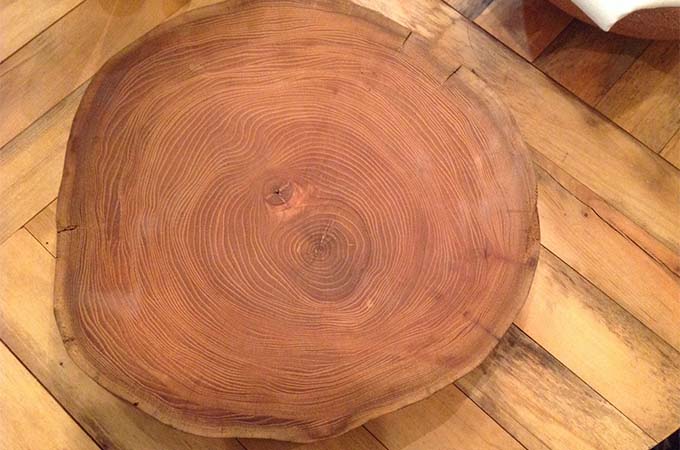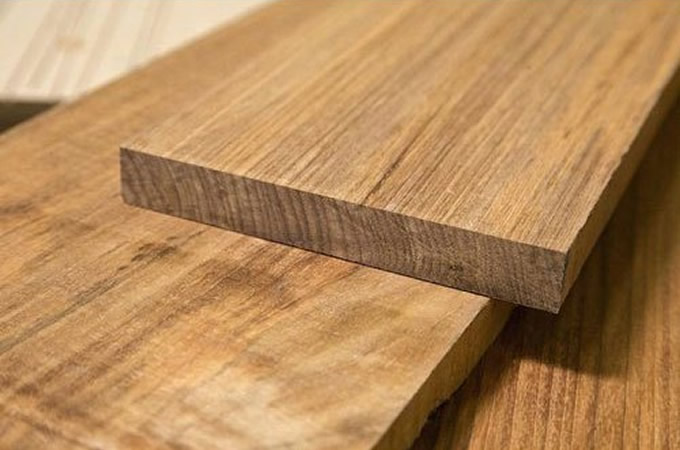In many household and commercial fence applications around the UK, timber has shown to be a material that works exceptionally well. It can endure longer and perform better than many other materials, both in its natural state and when treated with wood preservatives. It is also simple to work with and widely accessible in a number of forms, shapes, and sizes.
There are several fence solutions available, and each has advantages and disadvantages. We’ve already looked at metal fence in our previous article, but now we look at the alternative of wooden fencing.
Wooden fence is strong enough to serve as a natural, non-toxic, and adequately climate-proof construction around your property if it is erected correctly and made of the right kind of wood. It is also reasonably priced and lightweight.
If you decide to build a wooden fence, the first question is what kind of wood do you need for a wooden fence? Some specific types of wood are commonly used for making wooden fences as they will be in direct contact with the ground and the surrounding environment, and these wood fences are expected to be reasonably enduring. Let’s see which wood type is the best for making wood fencing.




